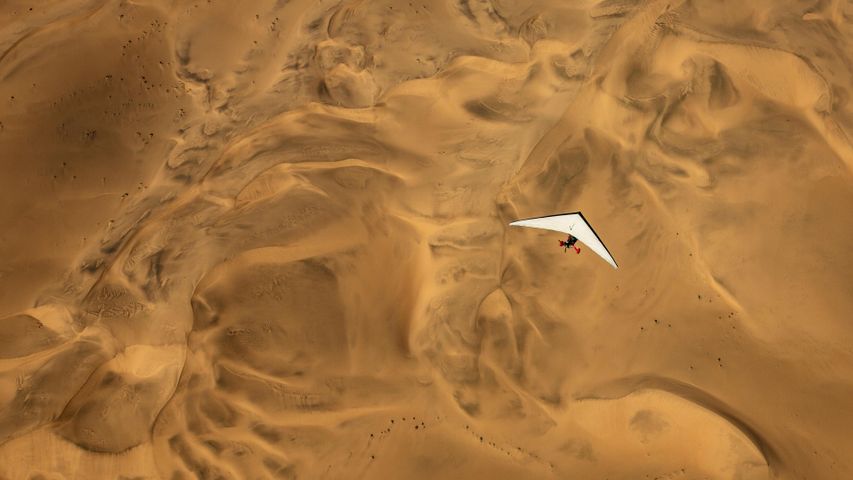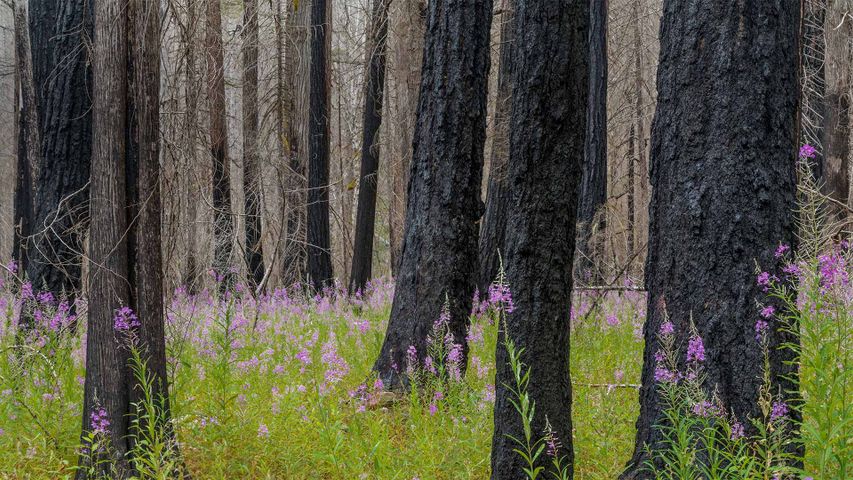Inca fortress of Sacsayhuamán near Cusco, Peru
© Susanne Kremer/eStock Phot
The (Inca) empire strikes back
It's the 1530s. Spanish conquistadors are cementing their hold over the lands of the Incan Empire, including the massive 12th-century stone fortress in today's image: Sacsayhuamán, in the old Inca capital of Cusco. The Spanish hold prisoner a man named Manco Inca, the puppet leader they've installed over the Incans. But one day in the spring of 1536, he escapes.
He returns on May 6, accompanied by legions of Inca warriors. The Inca retake much of Cusco, including Sacsayhuamán, which they make their main base, forcing the Spanish to take refuge in buildings near the main plaza. In the end, the Incan effort fails: After a few months, the Spanish retake Sacsayhuamán and then manage to cut off the Incans' supplies, forcing their surrender and finalising Spain's control over Peru. The Spaniards will partly dismantle Sacsayhuamán and use its smaller blocks to build colonial Cusco. But even today, the outer walls of impossibly large interlocking stones still overlook the modern-day city, a symbol of the mysterious empire that once ruled here.
Related Images
Bing Today Images




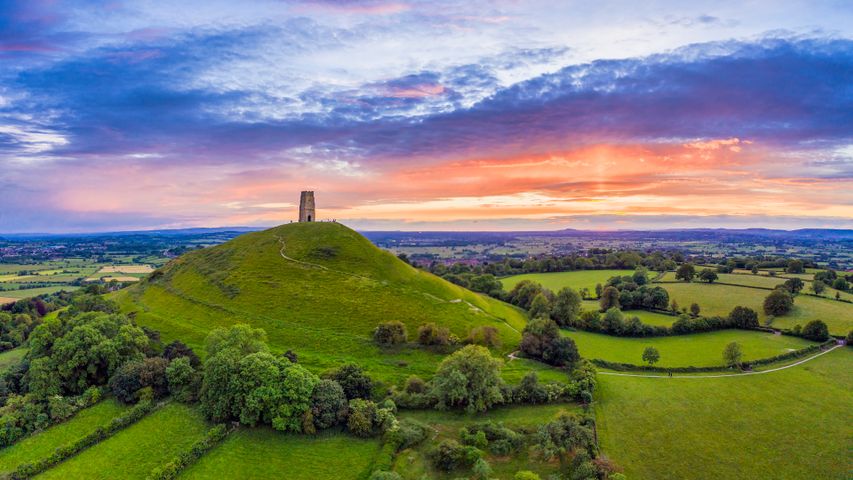 St. Michael's Church Tower on Glastonbury Tor, Glastonbury, Somerset, England
St. Michael's Church Tower on Glastonbury Tor, Glastonbury, Somerset, England
 Cinque Torri, Dolomites, Italy
Cinque Torri, Dolomites, Italy
 Miravet on the Ebro river, Tarragona, Catalonia, Spain
Miravet on the Ebro river, Tarragona, Catalonia, Spain
 Dunluce Castle, County Antrim, Northern Ireland
Dunluce Castle, County Antrim, Northern Ireland
 Castillo de La Calahorra, Granada, Spain
Castillo de La Calahorra, Granada, Spain
 Ostuni at dusk, Apulia, Italy
Ostuni at dusk, Apulia, Italy
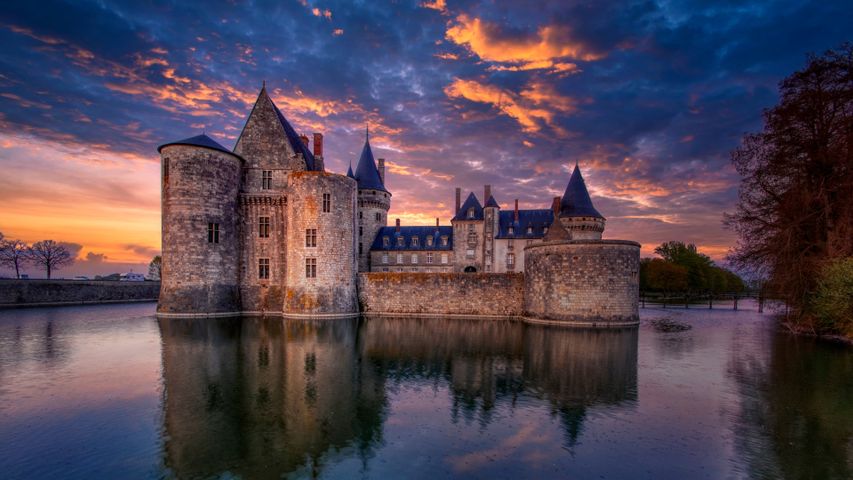 Château de Sully-sur-Loire, Centre-Val de Loire, France
Château de Sully-sur-Loire, Centre-Val de Loire, France
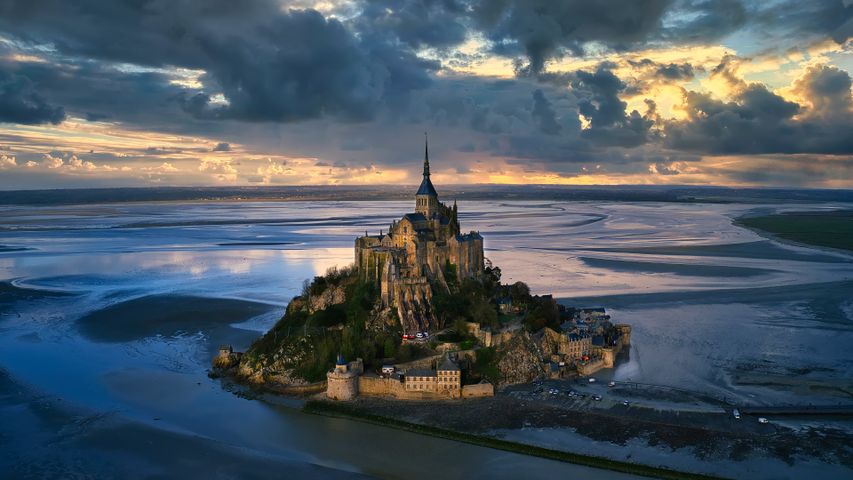 Mont-Saint-Michel, Normandy, France
Mont-Saint-Michel, Normandy, France
